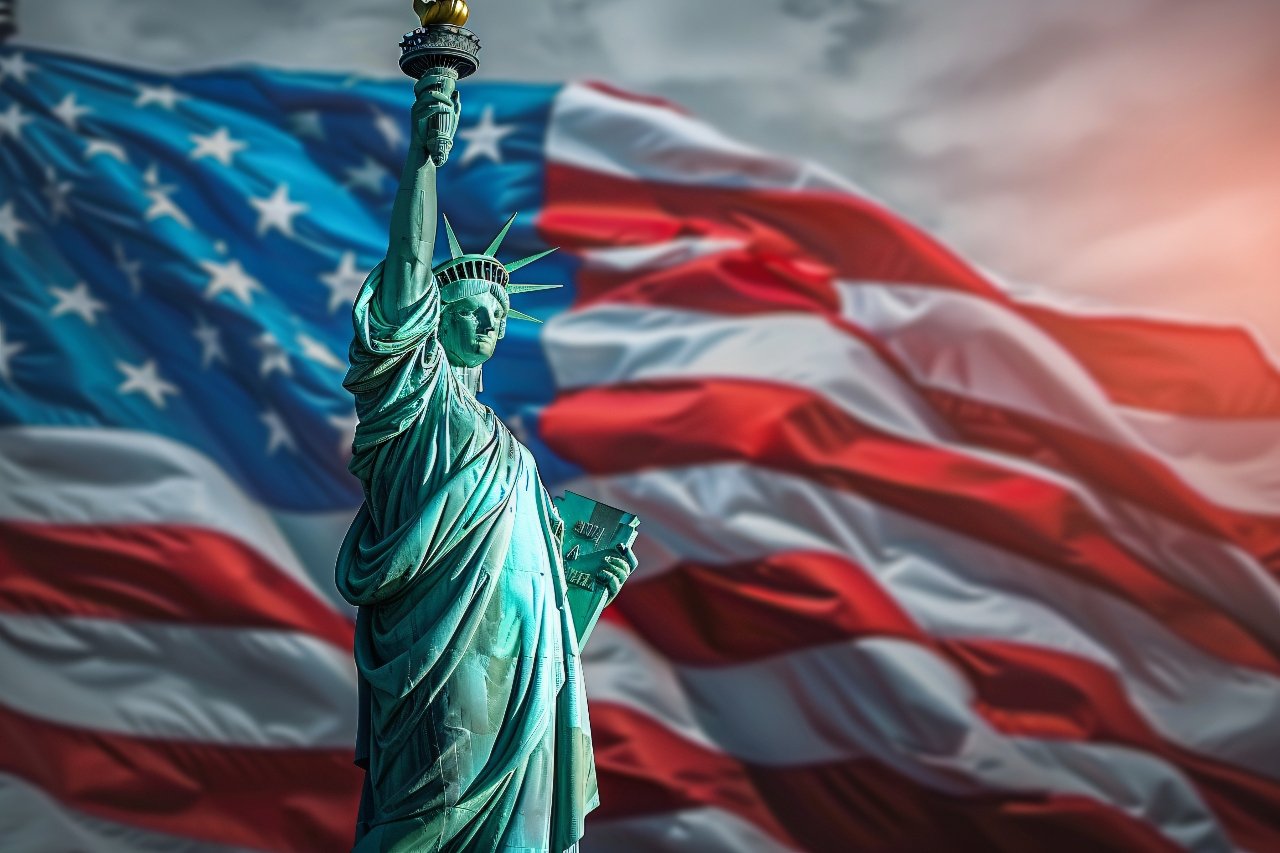nyc flag: A Symbol of Heritage and Identity

The nyc flag stands as a vibrant emblem of New York City’s rich history and diverse culture. Adopted in 1915, this tricolor banner—featuring blue, white, and orange vertical stripes—encapsulates the city’s origins and evolution. At its center lies the city’s seal, a testament to its enduring legacy.
Historical Origins
The colors of the nyc flag are deeply rooted in the city’s Dutch heritage. In 1625, the Dutch established New Amsterdam, the settlement that would eventually become New York City. The flag’s color scheme mirrors that of the Dutch Republic’s flag, honoring the city’s founding nation
Design and Symbolism
The flag’s design is both simple and profound. The three vertical stripes—blue, white, and orange—are equally proportioned. Blue symbolizes vigilance and justice; white represents purity and peace; and orange signifies courage and sacrifice. Central to the flag is the city’s seal, rendered in blue, which features a Native American and a sailor, a windmill, beavers, flour barrels, and an eagle atop the seal. These elements reflect the city’s early industries and its commitment to unity and progress
Evolution Over Time
While the flag was officially adopted in 1915, its design has seen minor modifications. In 1977, the seal was updated to reflect the city’s bicentennial, with the date “1625” added to commemorate the establishment of New Amsterdam. This change reinforced the city’s acknowledgment of its historical roots
The Seal’s Components
The seal at the heart of the nyc flag is rich in symbolism:
-
Native American and Sailor: Representing the unity between the indigenous people and European settlers.
-
Windmill, Beavers, and Flour Barrels: Symbolizing the city’s early economic activities, including milling and trade.
-
Eagle: Denoting the United States and the city’s place within the nation.
These elements collectively narrate the story of New York City’s foundation and growth
Comparisons with Other Flags
Some observers note similarities between the nyc flag and the French national flag due to their tricolor designs. However, the nyc flag‘s colors are arranged vertically as blue, white, and orange, distinct from France’s blue, white, and red. Moreover, the nyc flag‘s color palette is a direct homage to the Dutch Republic, differentiating it from France’s symbolism
Borough Flags and Their Significance
Each of New York City’s five boroughs—Manhattan, Brooklyn, Queens, The Bronx, and Staten Island—has its own flag, reflecting its unique identity:
-
Manhattan: Features the city’s seal on a blue and white background.
-
Brooklyn: Displays a young woman holding a fasces, symbolizing unity.
-
Queens: Showcases a crown and flowers, representing the borough’s name and beauty.
-
The Bronx: Incorporates a laurel wreath and a rising sun, denoting peace and a new beginning.
-
Staten Island: Presents a seagull over water, highlighting its maritime heritage.
These flags, while distinct, collectively contribute to the city’s diverse tapestry
The Flag in Contemporary Culture
The nyc flag is not merely a historical artifact; it remains a vibrant part of the city’s identity. It is prominently displayed at government buildings, schools, and during official ceremonies. Additionally, the flag’s colors have influenced the branding of local sports teams, such as the New York Knicks and the New York Mets, further embedding it into the city’s cultural fabric
Educational Importance
Understanding the nyc flag offers valuable insights into the city’s history and values. Educators often use the flag as a teaching tool to discuss topics like colonial history, symbolism, and civic pride. By studying the flag, students gain a deeper appreciation for the city’s diverse heritage and the importance of unity and progress.
Conclusion
The nyc flag is more than a piece of fabric; it is a symbol of New York City’s enduring spirit, rich history, and diverse culture. From its Dutch origins to its present-day significance, the flag encapsulates the city’s journey and its commitment to unity, progress, and resilience. As New York City continues to evolve, the flag remains a steadfast emblem of its identity and aspirations.











